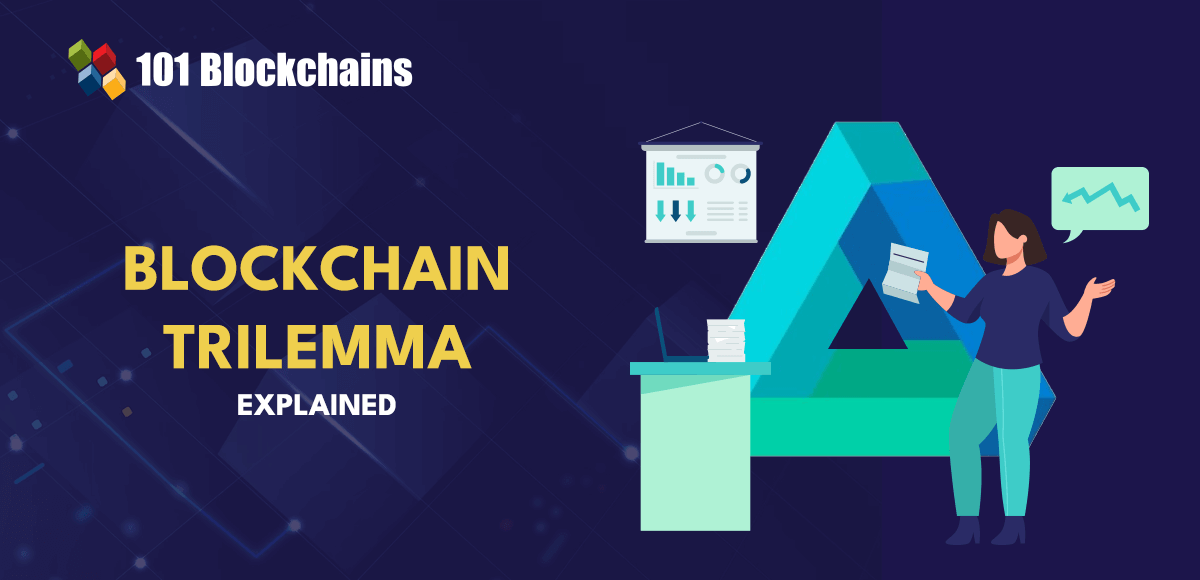Exploring Chronos: How foundational AI models are setting new standards in predictive analytics
10 hours ago
This post was co-authored with Rafael Guedes.
Time series forecasting has been evolving towards foundation models due to their success in other artificial intelligence (AI) areas. Particularly, we have been witnessing the success of such approaches in natural language processing (NLP). The cadence of the development of foundational models has been accelerating over time. A new, more powerful Large Language Model (LLM) is released every month. This is not restricted to NLP. We see a similar growing pattern in computer vision as well. Segmentation models like Meta’s Segment Anything Model (SAM) [1] can identify and accurately segment objects in unseen images. Multimodal models such as LLaVa [2] or Qwen-VL [3] can handle text and images to answer any user question. The common characteristic between these models is that they can perform accurate zero-shot inference, meaning that they do not need to be trained in your data to have an excellent performance.
Defining what a foundational model is and what makes it different from traditional approaches is probably beneficial at this point. First, a foundational model is large-scale (namely its training), which provides a broad understanding of the main patterns and important nuances we can find in the…





















